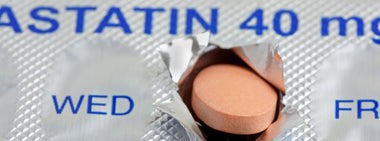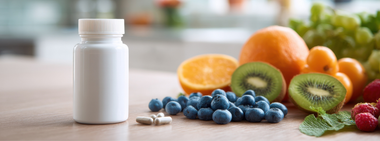The Dangers of the Wrong Fiber
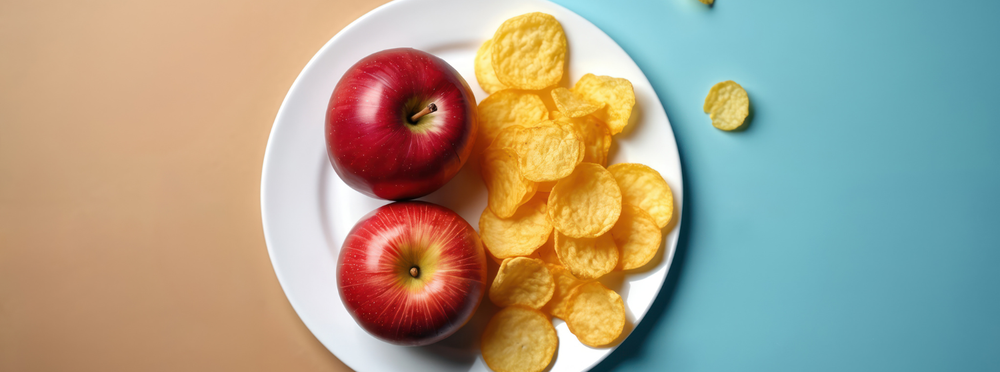
When most people think about fiber, they assume more is always better. After all, fiber lowers cholesterol, improves blood sugar control, supports a healthy microbiome, and even reduces the risk of heart disease. With benefits like that, it’s no wonder “fiber” has become a nutrition buzzword. But here’s the part that often gets overlooked: not all fiber is the same.
What Are Added Fibers?
Food manufacturers know that “high fiber” on a package sells. But instead of filling their products with naturally fiber-rich ingredients like oats, beans, vegetables, nuts or seeds, they often take a shortcut. They incorporate added fibers such as inulin, maltodextrin, or polydextrose to boost the fiber content - without needing to creatively work in all those whole food ingredients. These added fibers may help the label look good, but they don’t necessarily help you feel good or impact your health as much as you might hope.
Potential Downsides of Added Fibers
Many added fibers can cause bloating, gas, and digestive discomfort, especially when eaten in larger amounts. And while they might nudge your daily fiber grams upward, they don’t deliver the full spectrum of advantages you would get from real food sources. A “fiber-boosted” cookie, for example, is still a cookie. It does not compare to an apple or a bowl of oats.
Why Whole-Food Fiber Works Better
Fiber in whole foods comes bundled with a multitude of nutrients, antioxidants, and plant compounds that work together to improve health. Meanwhile, the fiber in the cookie comes with a multitude of ingredients that can be counterproductive to health. In other words, it’s not just the fiber, it’s where it comes from that matters.
What’s more, fiber doesn’t just come in one format or one biochemical structure. There are MANY different compounds that fall under the fiber umbrella and they’re all important for maintaining health, especially that of the microbiome. In fact, to get the variety of fiber we need to support microbiome health, we should be eating at least 30 different plant sources of fiber per week! If your fiber comes primarily from inulin, you’re getting primarily only one fiber type.
Studies consistently show that diets rich in whole-food fiber are linked to lower cholesterol, reduced blood pressure, better blood sugar control, and lower risk of heart disease. Added fibers can help, but they cannot be viewed as a substitute. You are always better off getting your nutrients from whole real foods - where a multitude of nutrients is delivered in an exquisite balance that only nature can get right.
How to Choose the Right Fiber
-
Check the ingredient list. If you see inulin, polydextrose, or maltodextrin that fiber is likely added. By the way, inulin also goes by “chicory root fiber” and “chicory root extract” so seeing “chicory” in the ingredient list can be a red flag.
-
Look for real foods. Oats, beans, vegetables, fruits, nuts, and seeds are the best fiber sources.
-
Pay attention to how you feel. If a product causes unusual bloating, discomfort, gas or digestive distress, it may be loaded with added fibers. Having said that, if you’re not used to consuming fiber, starting low and going slow - even with whole food sources - is always a good idea. Your microbiome may need a minute to adjust!
The Bottom Line
It might be tempting to believe that all fiber is created equal, but science tells a different story. When it comes to protecting your health, quality matters just as much as quantity. If you want the real benefits of fiber, the best source is still the most obvious one: whole, minimally processed foods. That is where you will find the kind of fiber your body knows how to use and the results your heart will thank you for.
About Step One Foods: Step One Foods offers convenient, scientifically-formulated foods clinically validated to rapidly reduce cholesterol and improve cardiometabolic health. Real food. Real results. Unapologetically delicious. Learn more at steponefoods.com.
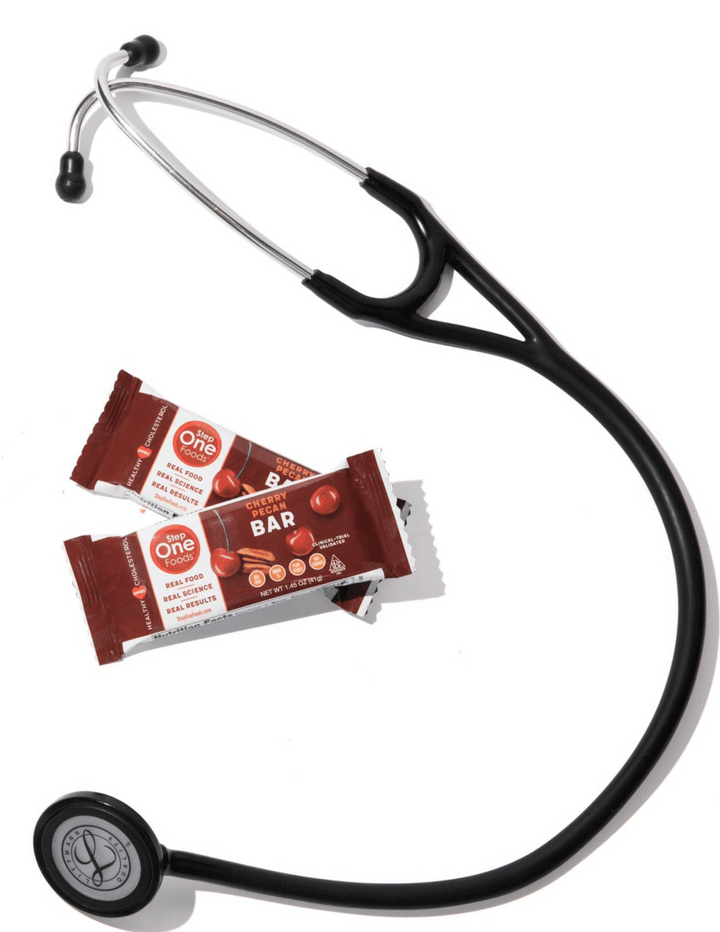
Tested & Proven Results.
- Cardiologist formulated
- Supported by over 500 publications
- Clinically-proven, in a double-blind randomized trial with Mayo Clinic and The University of Manitoba
80% of participants lowered their cholesterol in just 30 days. With just two servings per day, Step One Foods offers a proven-effective way to naturally lower LDL (bad) cholesterol.
Get heart health tips and articles like this, delivered right to your email.
New articles every week.
You may also like...

Magnesium and Type 2 Diabetes: The Overlooked Connection
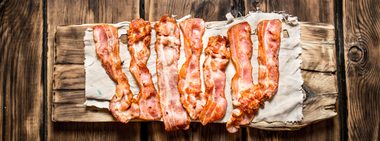
You don’t need to avoid foods with cholesterol…except for these
